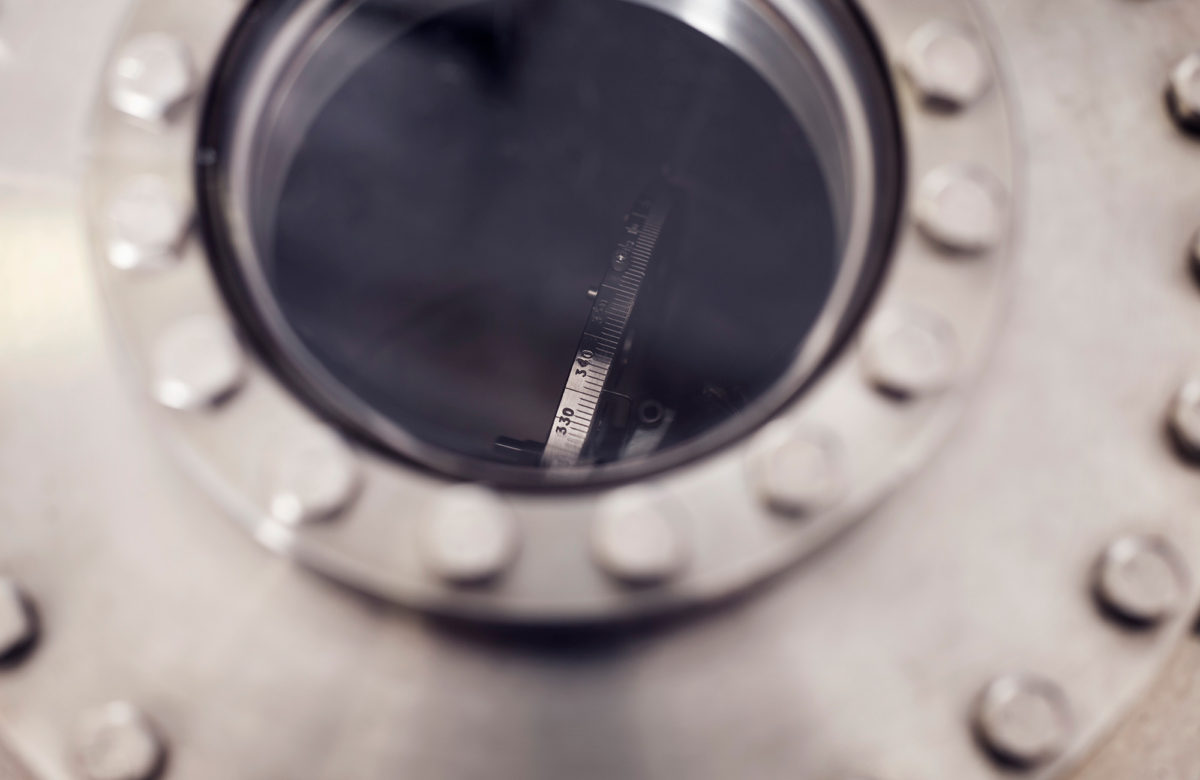- Home
- Research
- Research Facilities
- Find a Research Facility
- Nanofemtosecond Laboratory
Nanotechnology is booming. Research conducted at the INRS Nanofemtosecond Laboratory looks at the surface and structure of conductor and semiconductor materials at the nanoscale, across a temperature range of 25 to 1,000 Kelvin.
The Nanofemtosecond Laboratory team has developed specialized expertise in the synthesis of inorganic, nanoparticle, and organic semiconductor materials. The lab produces nanocrystals whose size, shape, and composition are controlled by means of wet chemistry using the hot-injection method, whereby molecular precursors interact with liquids containing certain chemical species before clumping together on the surface of nanoparticles in a growth phase. Researchers transform these materials into thin films and incorporate them into functional devices and adapted prototypes to measure the optoelectronic and electrochemical properties used to generate, transport, and collect photocurrent.
The lab is also involved in molecular self-assembly and on-surface and interfacial polymerization. Self-assembly is a production method used to adapt materials at the molecular level through the design of elementary building blocks. These blocks can be connected to create two-dimensional polymers with high carrier mobility and activate new quantum phenomena. Creating materials that can be modulated at the molecular level presents new opportunities for a wide range of electronic and photonic applications.
Investigation tools allow researchers to study the morphology of thin films and nanoparticles at the nanoscale with a view to linking their structural and intrinsic properties. Modifying the optical, electronic, mechanical, and chemical characteristics of nanomaterials can improve their resistance to extreme environmental conditions and make them more efficient for catalysis, cracking, water decontamination, and energy conversion.
To better understand the physical and chemical mechanisms involved in growing semiconductor crystals and to develop and study innovative nanoscale materials, the Nanofemtosecond Laboratory uses a variety of cutting-edge equipment, including a scanning tunnelling microscope. Research activities at the lab range from atomic-scale characterization to device production and testing.
Research at the Nanofemtosecond Laboratory is closely linked to nanotechnology for engineering and materials science applications. Specific research areas include:
- On-surface and interfacial self-assembly, self-organization, and functionalization
- Advanced materials for photovoltaic solar energy and sensors
- Catalyst development
- Dynamic microscopy for studying ultrafast phenomena
- Functional materials for electronics and photonics
- Nanotribology
- Materials and coatings for aerospace technology
- Research equipment includes:
- Electronic scanning and transmission microscopes (static and dynamic)
- Spectrometers for Raman analysis and for measuring optical absorption and photoluminescence
- Atomic-force and scanning tunnelling microscopes (for use under an ultrahigh vacuum, at high/low temperatures, and paired with a scanning microscope for accurate probe placement)
- A spectrometer for X-ray- or UV-beam-induced photoelectrons
- Two X-ray diffractometers
- Test benches for measuring quantum efficiency, photovoltaic performance, and photoelectrochemical potential
- A low-energy ion implanter (< 30 kV)
- A pulse laser ablation system
- A molecular-beam epitaxy preparation chamber
Do you have specific requirements for analyzing your materials? We can help. Our research team has many years of combined experience in materials science and characterization. Our solutions are based on topographical, electrical, chemical, and optical investigation methods and are priced competitively. We can tailor our services to your specific needs.
Contact us today to speak directly with our experts and to ask about pricing.
To date, applied research conducted at the Nanofemtosecond Laboratory has centred on the design and creation of new high-performance devices, such as optical fiber detectors, photovoltaic sensors, luminescent solar concentrators, and photoelectrochemical cells for producing hydrogen.
Researchers are also hard at work developing cleaner synthesis techniques for large-scale applications, in line with targets related to the energy transition and the promotion of ecofriendly technology.
Applications
- Fundamental and applied research
- Quality control, synthesis and characterization of nanomaterials
- Development of smart systems (probes, optical sensors, gas detectors, self-repairing materials)
- Production of catalysts and advanced devices for optoelectronics, optics, and energy conversion and storage
With 20 years of experience in university research funding, the Nanofemtosecond Laboratory offers budget optimization and enhancement solutions to partially offset the cost of our services. For example, we can draft funding proposals for collaborative research projects lasting between one and five years and submit them to granting agencies such as NSERC, Prima Québec, etc.
Contacts
Nanofemtosecond Laboratory
Institut national de la recherche scientifique
Énergie Matériaux Télécommunications Research Centre
1650 blvd. Lionel-Boulet
Varennes, Quebec J3X 1P7
Canada



